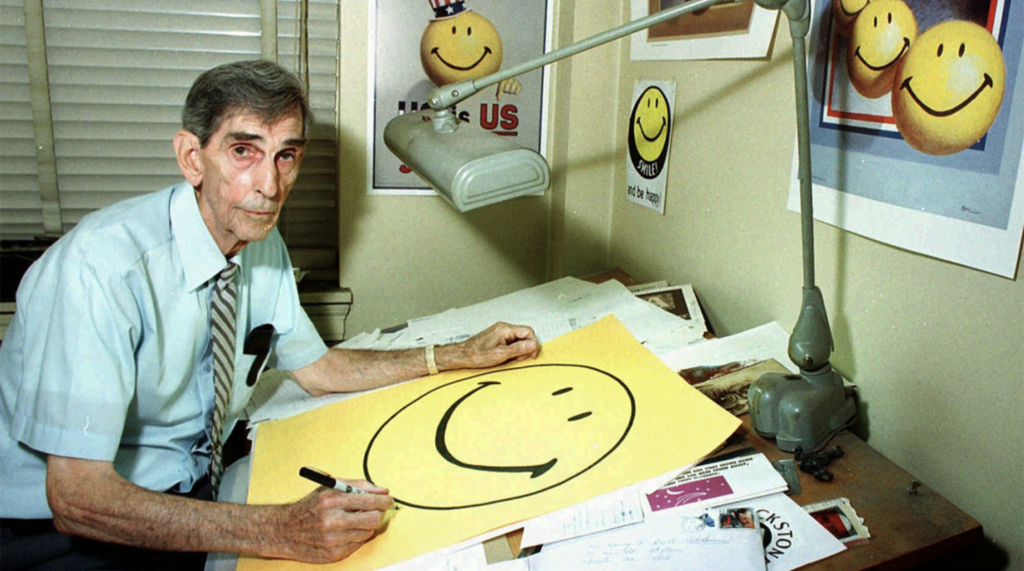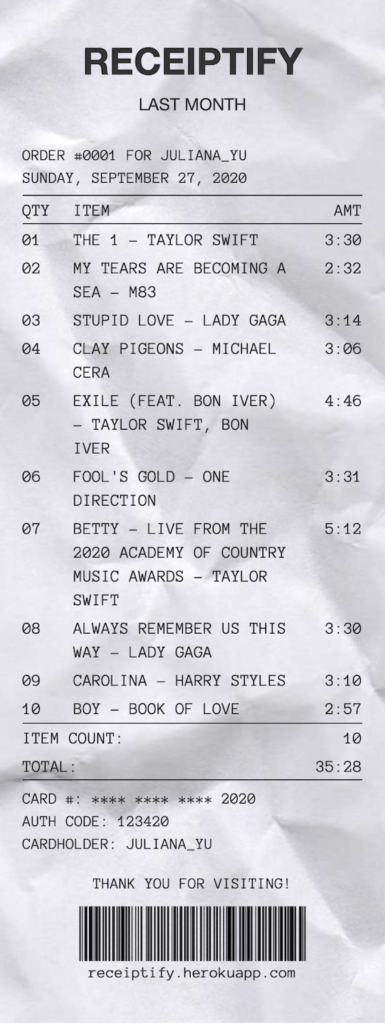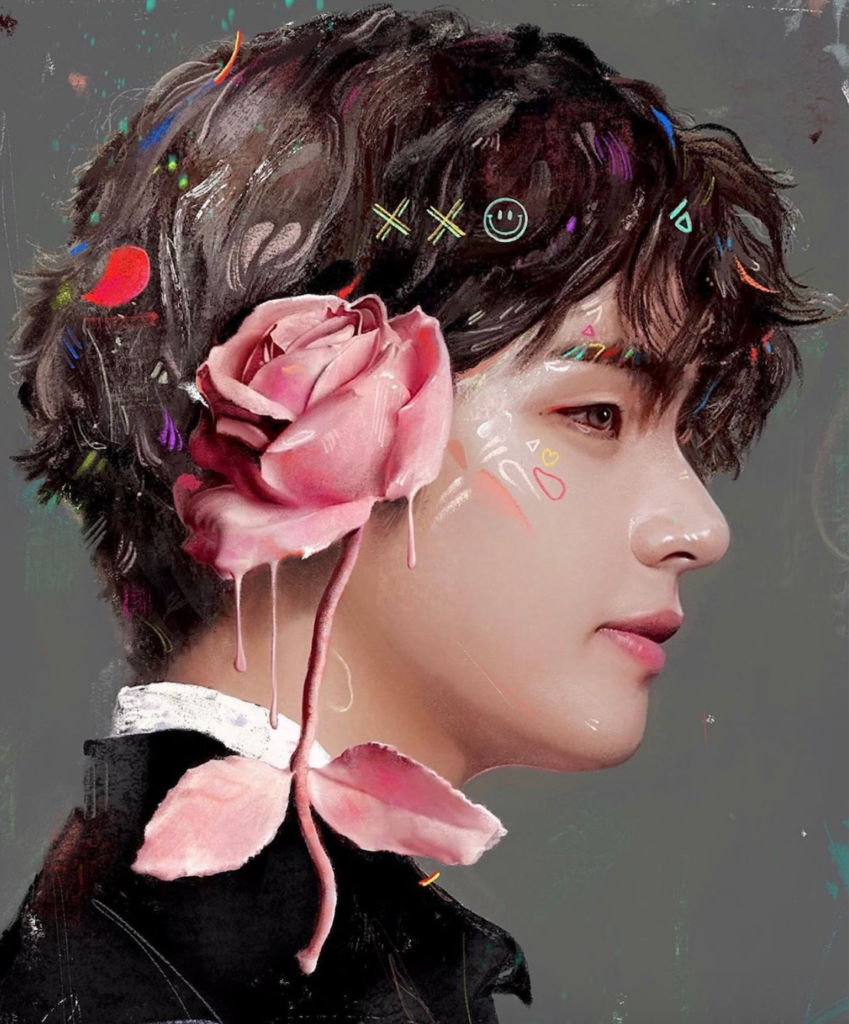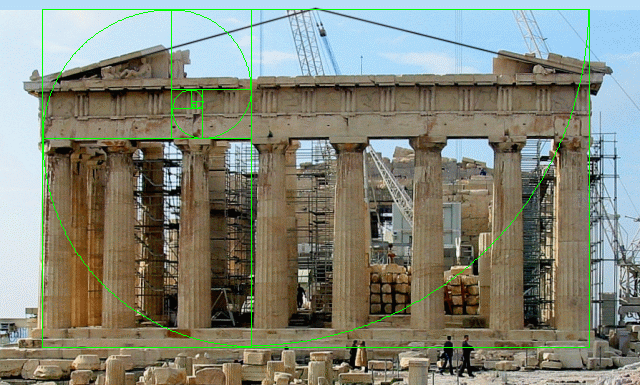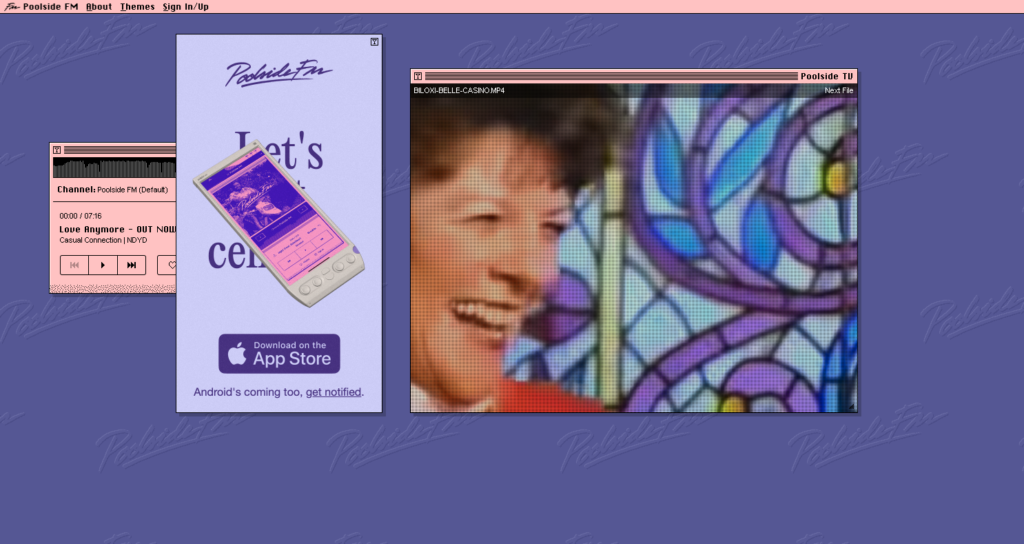I guess this is going to turn into a cooking blog. I have consumed a lot of cooking media over the years and one thing that I have come to realise is that professional chefs are so often terrible teachers of home cooks. Whether it’s Gordon Ramsay, Jamie Oliver, or Marco Pierre White to name a few, in their books, TV shows, and youtube videos they instruct you as if you were a young chef coming to work in one of their kitchens, or maybe just that you have ambitions of cooking professionally period. And I think it’s fair to say that most of their audience will be home cooks who just want to get a few tips on how to roast a chicken from Jamie Oliver because they assume he’s probably roasted his fair share of chickens in his time. But what you often get is how chickens must be roasted in his kitchen in an incredibly clinical, precise, specific fashion in order to satisfy their quality control. So many key considerations to home chefs like availability of ingredients, time, or equipment; the experience of the individual cooking; and even the amount of cleaning up you will be left with don’t even cross the minds of these chefs because their cooking motives and goals are completely different to that of most home cooks. And it seems to apply to most chefs that I am aware of, particularly of a certain generation, who started in the intense, demanding atmosphere of a professional kitchen before transitioning more and more into media. And some people might not think this is a big deal, and in the grand scheme of things there are obviously much bigger issues in the world than chefs making cooking less approachable and accessible, but I think it is – ironically – something that pushes a significant number of people away from home cooking. If you don’t have the exact ingredient, pan, oven etc that the recipe calls for and no alternative is provided, it can be an incredibly frustrating experience. The idea of improvising seems daunting when you don’t have much experience and the consequence is potentially money out of your pocket, time wasted, and a longer wait for your meal (and the reality is it is actually really difficult to make something actually inedible but that worry is very prevalent, and the likelihood is often exaggerated by the way that these instructions are often presented). It’s a massive shame most of these chefs don’t seem to use their massive voice and reach as positively as they could, by presenting cooking in a more approachable way, but it’s not surprising given every hobby, industry, niche seems to have its own gatekeepers. Fortunately, there are more and more people – whether they’re professional chefs who went to culinary school or avid home cooks – who are producing really approachable, accessible written content and video content tailored towards home cooks. So now it is just about supporting those individuals so that their reach surpasses that of the chefs who insist you have to be able to perfectly chop and onion into 5mm cubes in 20 seconds and make perfect hollandaise. I bet if more people were told that they can chop their onions however they like, because 99% of people genuinely will not be able to tell the difference when they’re eating it, then maybe more people would cook.

